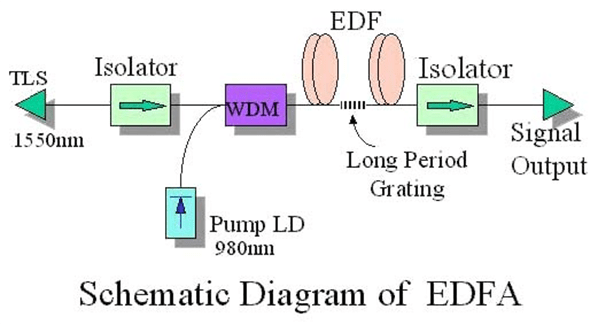
Figure 1: DUAL-EDFA Erbium doped fiber link amplifier.
The erbium optical fiber amplifier (EDFA) is an optical amplifier made of optical fiber doped with erbium. EDFA has become a very important device in today's high-speed communication systems and wavelength division multiplexing systems, working in the 1550nm window.
EDFA is a breakthrough achievement in optoelectronic technology in the field of information in the past decade, and its appearance has led to a revolution in optical communication technology. The three core technologies for establishing an all-optical communication transmission network include EDFA, wavelength division multiplexing and fiber dispersion compensation technology, of which EDFA is the most important.
Constitution of the Erbium Doped Fiber Amplifier
EDFA is generally composed of five basic parts, namely erbium doped fiber (EDF), pump light source (pump-LD), optical passive devices (including couplers, optical wavelength division multiplexers, optical fiber connectors, isolators), control unit and monitoring interface.

Figure 2: Schematic diagram of the erbium doped fiber amplifier.
Erbium doped fiber is the core component of EDFA. It uses silica fiber as the matrix, and doped solid laser working material bait ions in the fiber core. In the erbium doped fiber of several meters to tens of meters, the interaction between light and matter is amplified and enhanced.
The function of the optical coupler is to combine the signal light and the pump light, which is generally realized by a wavelength division multiplexer.
The function of the optical isolator is to suppress light reflection to ensure the stable operation of the optical amplifier. It must have low insertion loss, independent of polarization, and have an isolation better than 40dB.
The function of the optical filter is to reduce the influence of the noise generated by spontaneous radiation on the system.
The control unit controls the work of the fiber amplifier in real time. The monitoring unit provides working status information.
Characteristics of the Erbium Doped Fiber Amplifier
The main advantages of erbium doped fiber amplifiers are high gain, large bandwidth, high output power, high pumping efficiency, low insertion loss, and insensitivity to polarization states.
One of the most significant advantages is its very large gain bandwidth, typically of tens of nanometers. It is therefore sufficient to amplify all signal channels and still maintain the highest data rate without introducing any gain narrowing effects.
A single EDFA can be used to amplify multiple signal channels of different wavelengths simultaneously in the gain region. This technology is called wavelength division multiplexing. Before the advent of this fiber amplifier technology, there was no practical way to amplify all channels in long fiber spans. Therefore, the introduction of fiber amplifiers greatly simplifies the system and improves reliability.
Applications of the Erbium Doped Fiber Amplifier
EDFAs have a variety of uses in fiber optic communication systems, the most important of which include:
1. In the cable TV system: the power of the data transmitter can obtain high power through the EDFA before entering the long fiber or the device with large loss (such as fiber beam splitter).

Figure 3: Diagram of the erbium doped fiber amplifier in cable TV system.
2. When the signal is very weak, the fiber amplifier can also be applied before the data receiver. In addition to introducing amplifier noise, this improves the signal-to-noise ratio and data transfer rate because the amplifier noise is lower than the input noise of the receiver.
3. In passive fiber transmission, the coaxial EDFA is placed in a long span fiber. Many of these coaxial EDFAs work well even in harsh environments, such as at sea level, but are more difficult to maintain.
4. Although data transmitters are generally not based on erbium-doped devices, EDFAs are usually part of the test transmission hardware. EDFAs can also be used for optical signal processing.
Related Info
What is an Erbium Doped Fiber Amplifier?How to Fix a Damaged Memory Card?
The Ultimate Guide to Memory Card Selection
What is an Optical Fiber Amplifier?
Classifications and Features of Optical Fiber Amplifiers


